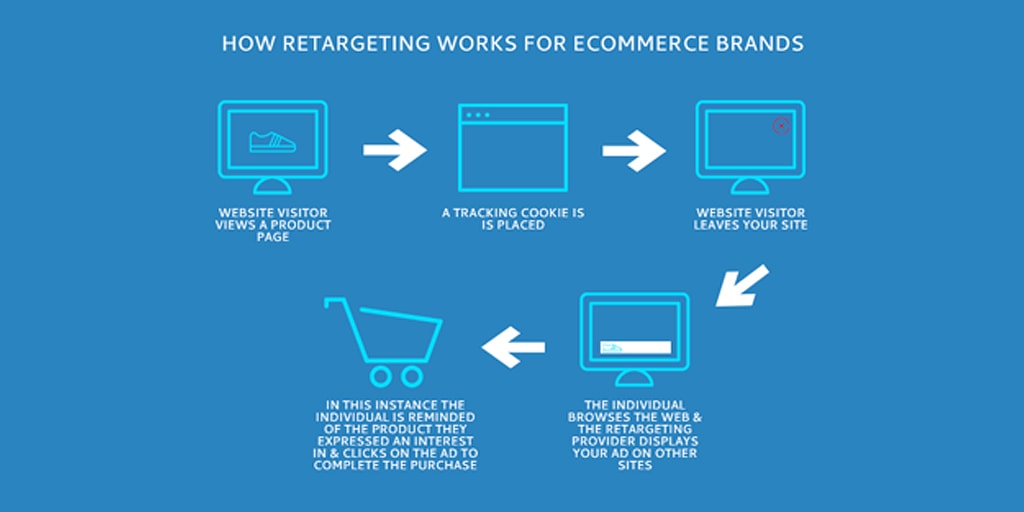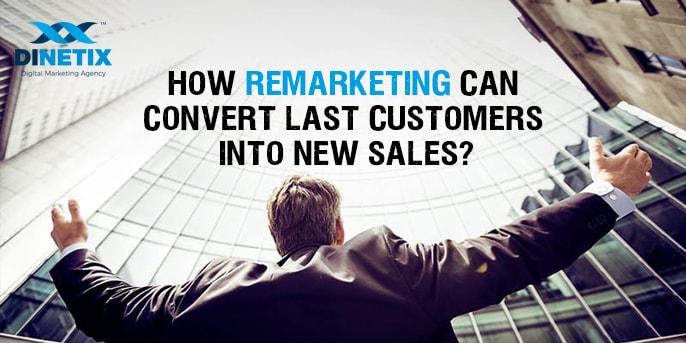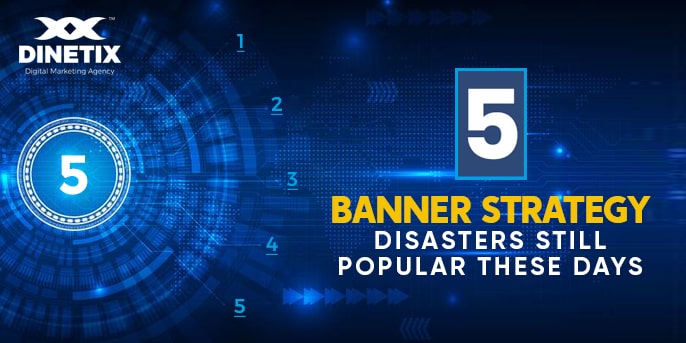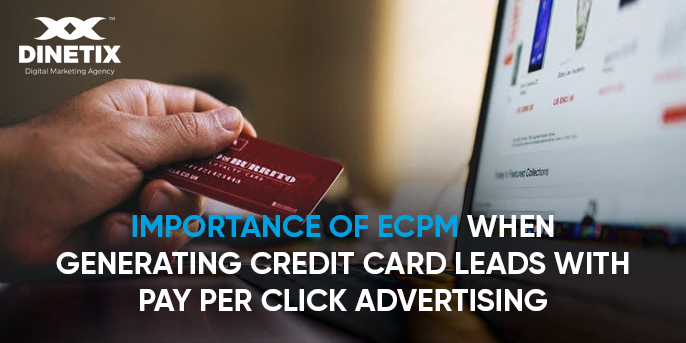Research has shown that 96% of website visitors are not ready to buy, and that only 2% (on average) convert on the first visit. They land on your site, click around (hopefully), see something they like—and then something draws them away. Opportunity lost? Maybe not. Re-engaging past website visitors is a huge opportunity for businesses. The fact is, these visitors have already expressed an interest in your brand and products, and while they may have come and gone, they definitely don’t need to be lost opportunities and you can still convert them into new sales. How? With a simple remarketing strategy.
What exactly is remarketing?

Remarketing, or remarketing, is an online marketing strategy that keeps your brand in front of users who have bounced out of your site. By placing a tracking pixel on your website, you can follow them when they leave and place an ad on another, unrelated website, just to remind them of how awesome your products or services are—and persuade them to come back over.
Now if you’re still wondering what makes remarketing a worthwhile investment and why it is so beneficial, then the simple answer is the fact it re-engages an audience who have already engaged with your brand, potentially having shown intent to purchase, making them far more likely to be receptive to these ads. In fact, with an effective remarketing strategy, as many as 70% are more likely to convert on your site.
When visitors bounce from your site, remarketing is a way to keep in touch, and keep your company’s product or service top-of-mind to get them back. But remarketing can be tricky. There’s a fine line between effective remarketing and internet stalking, and you certainly don’t want to wear out your welcome. The key to successful remarketing is to reach the right audience and engage them at the right time with the right message.
The right audience

Segmenting your audience is the first step to a successful remarketing strategy. Your ideal customer should not be “anyone who visited the site this month.” Here are some specific audiences you should consider targeting with customized messages:
- Cart abandoners: These are likely your hottest prospective customers. They loved your products so much that they put them in their cart, but then they left your site without purchasing. Maybe they changed their mind, but chances are good that they were just distracted with a work deadline or cat video.
- First-time visitors: These people were interested enough in something you offer to visit your site. Figure out where they came from and where they landed, and you may be able to draw them back. For considered purchases, it may take a few visits for a visitor to be convinced.
- Repeat customers: These people already know and love you. If they haven’t purchased in a while, they might just need a reminder.
- Recent visitors: These may be recent visitors shopping around for the best deal or on a time crunch. Grab their attention before it’s too late.
The Right Time

No matter how well you know your audience, your remarketing efforts won’t succeed unless you capture their attention at the right time. Nailing down the timing of your remarketing effort (either through outsourcing digital marketing or through in-house teams) will depend on the type of audience member you are targeting and the type of product you are offering. Here are timing options to consider:
- Quickly: For most audiences, your first remarketing ad should show up fairly quickly. Catch cart abandoners before they really do change their minds, the first-time visitors before they forget about you, and the recent visitors before they go with your competition.
- Around occasions: For repeat customers or old visitors, you can time your ads around a new product launch, service upgrade, or an event or holiday. Occasions are a great way for marketers to reactivate their audience without seeming too intrusive. With Valentine’s day coming up next month, jewelry stores can start remarketing consumers with relevant ads. Or if you’re a B2B marketer, retarget them with a registration discount before your next tradeshow.
- Before customers restock: If your product is perishable, retarget existing customers around the time their last purchase is due to wear out. For example, you can monitor how often a business reorders printer cartridges or how long it takes the average runner to wear out a pair of sneakers. In other cases, however, you may need to retarget much faster—before the show leaves Broadway or the customer’s software contract is over.
- Considerately: As you space out subsequent remarketing ads, don’t wear out your welcome. Create a “frequency cap,” to ensure your remarketing dies a natural death by controlling how often and how long your ad displays to your customized audience. And don’t be the nasty telemarketer who continues to harass someone even after they’ve bought in: if someone successfully converts, make sure you have controls in place to remove the ad and/or replace it with an updated one.
The right message

Once you put together whom you are remarketing and when, the final step is to craft the right message, one that resonates with your audience. There are five things to keep in mind when creating a remarketing message:
- Design: Believe it or not, your ad may not be instantly recognizable—especially to a first-time visitor or a repeat customer who hasn’t been to your site recently. Make sure that your logo stands out and that the look of your ad is consistent with the look of your website. Use big, eye-catching images, and make sure the CTA is visually distinct.
- Language: Convey your message without being wordy so your audience can absorb it at a glance. Use simple language and an active (start with a verb), direct call to action. Focus your appeal on the benefit to the user, not the characteristics of the product.
- Feature: This is where segmenting your audience really comes in handy. Cart abandoners and recent visitors should see the items they left in their carts, while first-time visitors might need a special offer like free shipping. Repeat customers should see something that complements their last purchase or reminds them it’s time to replace a consumable.
- Link: Don’t automatically send them to your home page and expect them to click around to find what they want. Send the user directly to the product or service page, or to a complementary page, for the image or CTA they respond to.
- Demographics: This is critical because it enables you to have a more tailored message and offer, which increases the likelihood of conversions.
Ready, Set, Remarket!

Now it’s time to put it all together. Remarketing is a proven method for increasing conversion and reaching new and returning customers. The key is to find the balance between efficacy and overreaching so that your remarketing will sell, rather than repel.




